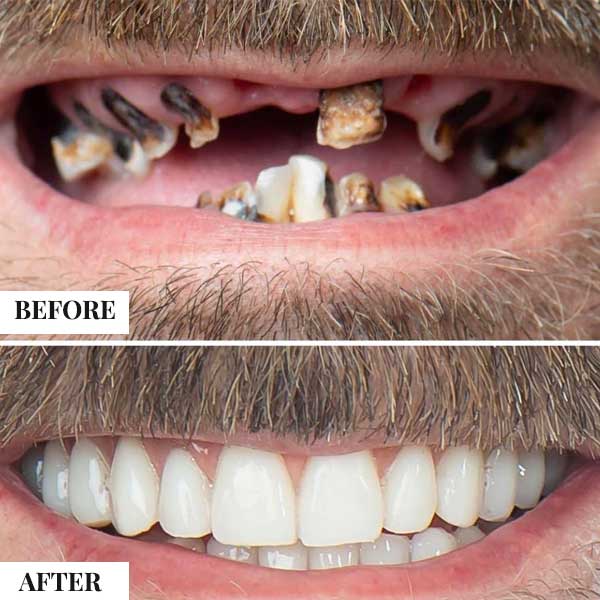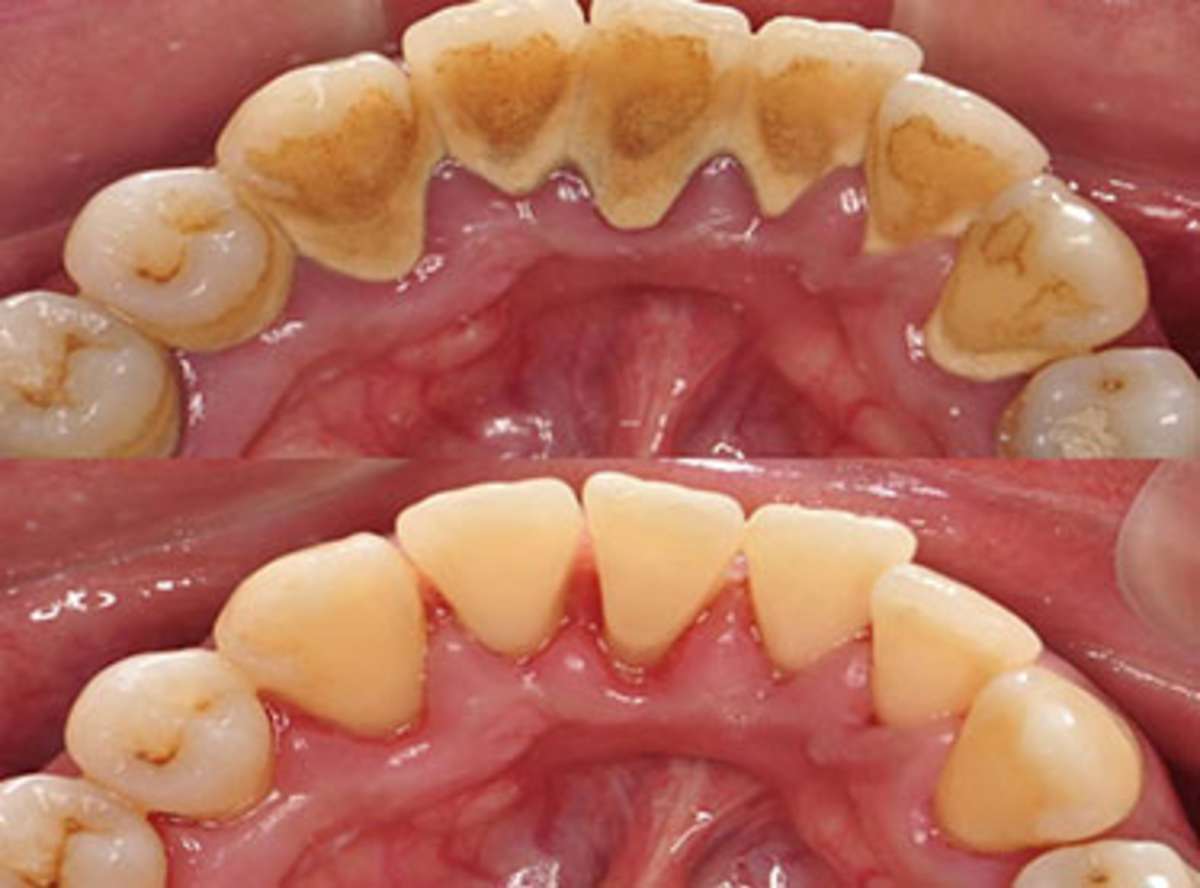Most patients dread root canal treatment. If left untreated, the dental decay progresses deep inside the tooth and reaches the pulp tissue. This may cause severe pain and in some cases, swelling. In such cases, the root canal is the treatment of choice, or else the tooth has to be extracted. The cost of a root canal is decided by the dentist.

Causes of Tooth Infection
The root canal of a tooth consists of nerves and blood vessels. They provide oxygen and nutrients to the tooth and nourish it. If the dental decay at an initial stage is neglected, it reaches the pulp tissue and the nerves and vessels get inflamed and infected. The pulp tissue is replaced by infected material and pus. This causes swelling and tooth pain.
If it is left untreated even at this stage, there are chances that it gets spread to the adjacent bone structure and causes an abscess. Hence, it is very important to treat the infected pulp and replace it with a filling. The root canal is the best choice of treatment to cure an infected pulp. Some other reasons that may also cause infection are accidental cracks, improper fillings, and gum infection that may have reached the root of the tooth.
Procedure of Root Canal Treatment
The root canal treatment involves teeth cleaning and removing the infected pulp tissue from the root canal. Most dentists in India can easily do this procedure but in some cases, an endodontist who is a root canal specialist is consulted. The procedure is as follows:
- In the first appointment, the dentist examines the oral cavity and takes an x-ray of the infected tooth to know the extent of the decay.
- If the tooth is severely infected with pain and swelling, antibiotics are prescribed for 3-5 days depending on the severity of the infection.
- Before starting the treatment, the tooth is anesthetized for the comfort of the patient.
- The access opening of the tooth is done in order to give a proper view of the canals and provide easy access for the dentist.
- The infected pulp is removed using specialized instruments called files and the canals and the pulp chambers are thoroughly cleaned.
- This process may require multiple visits as if there is a remnant of infected pulp left in the canal, then there are chances of re-infection.
- Once, the chamber is cleaned, the canal is filled with guttapercha and the tooth is sealed.
- A crown is given above the root-canal-treated tooth for greater strength.
Root canal treatment in India is an ideal choice of treatment and is a tooth savior procedure. The dentist will guide you best regarding the treatment plan and procedure.















